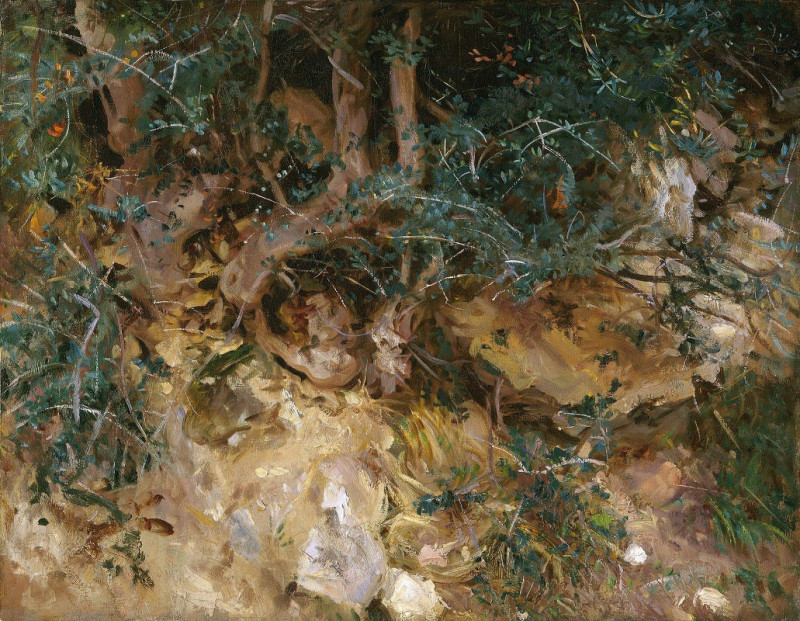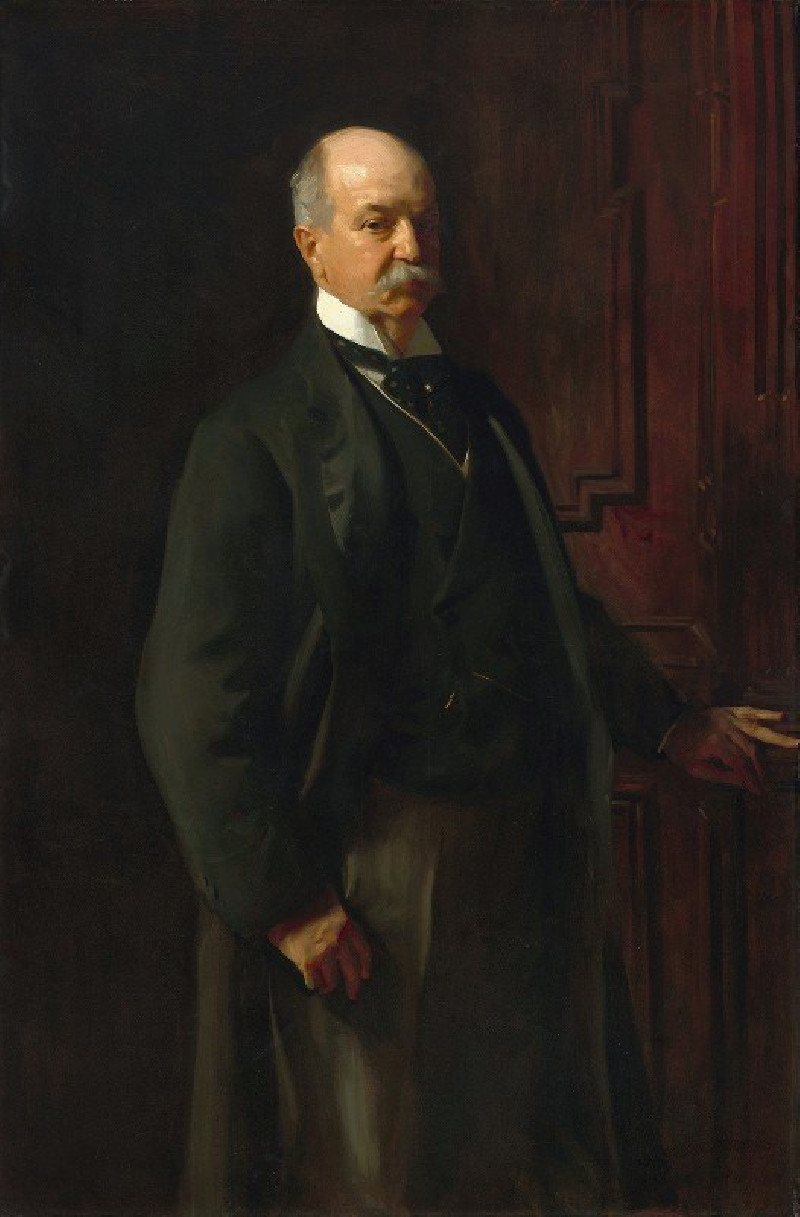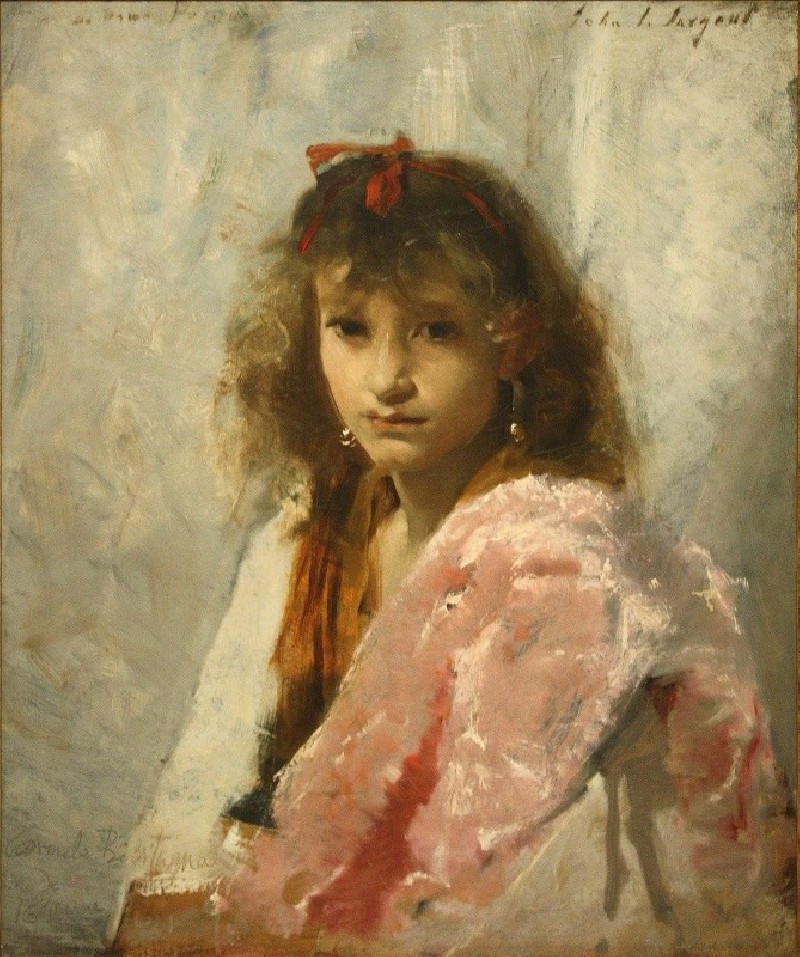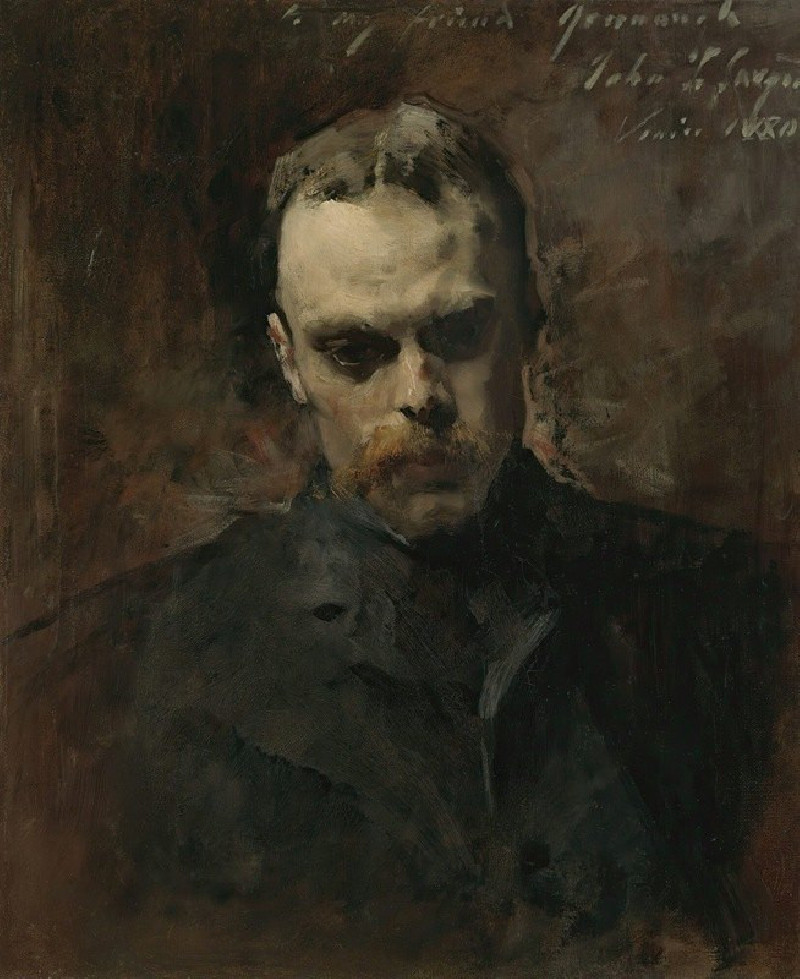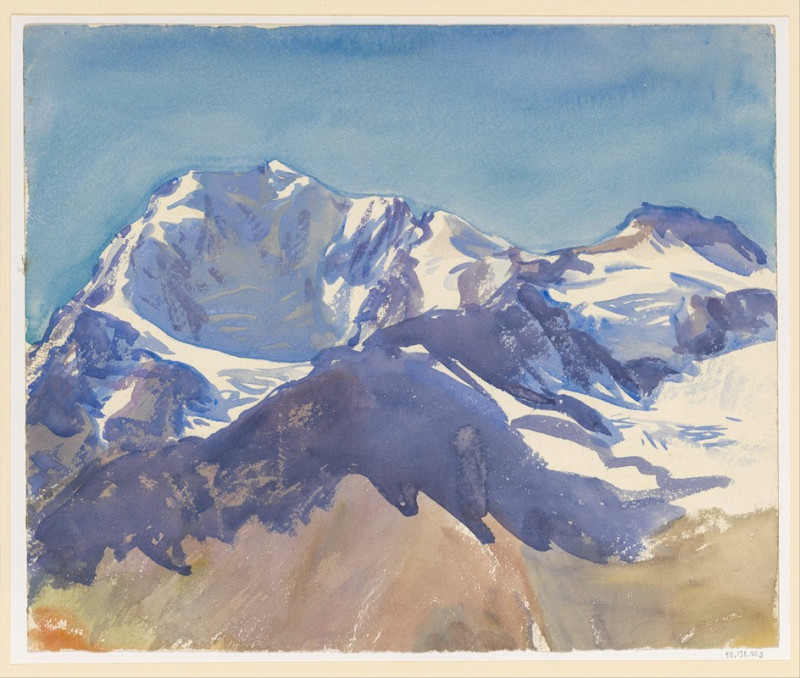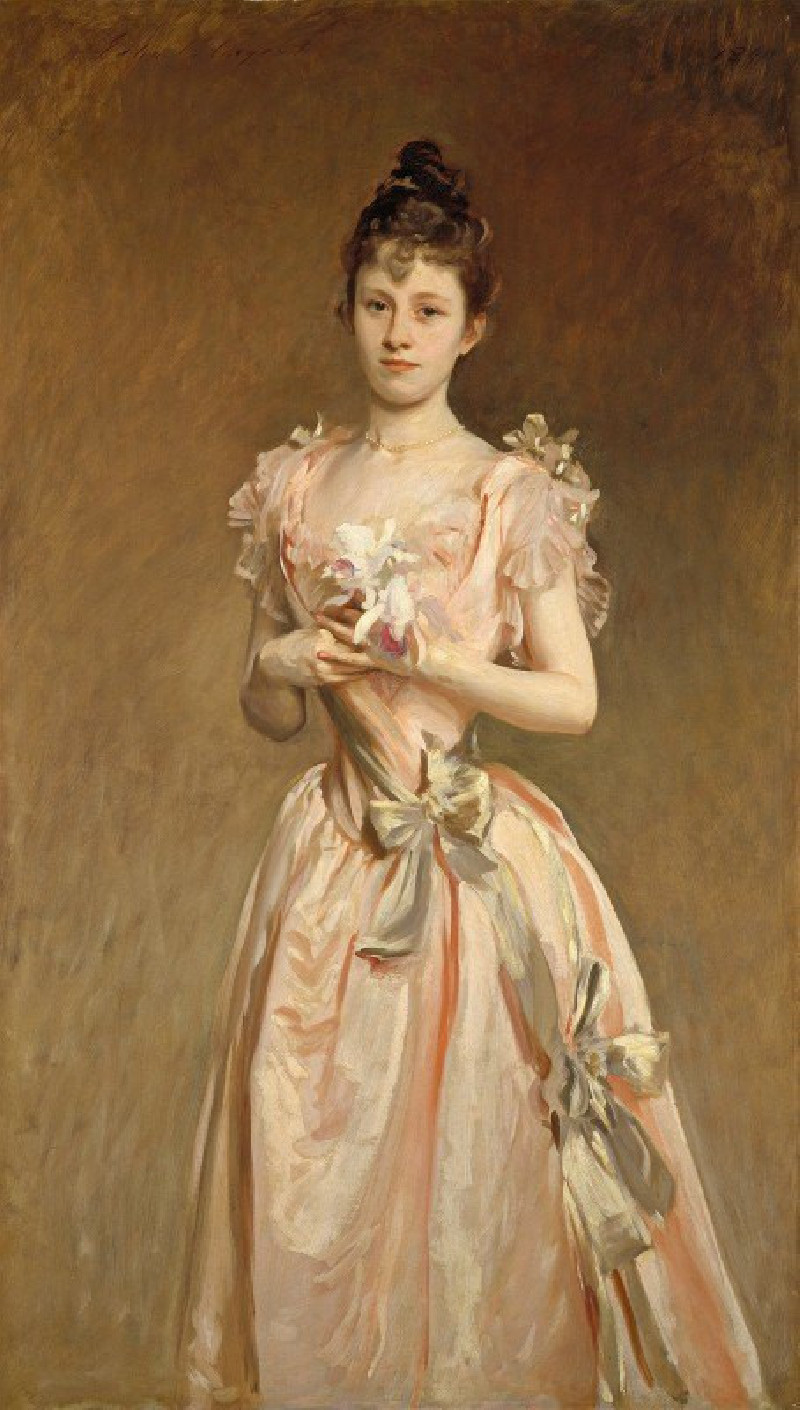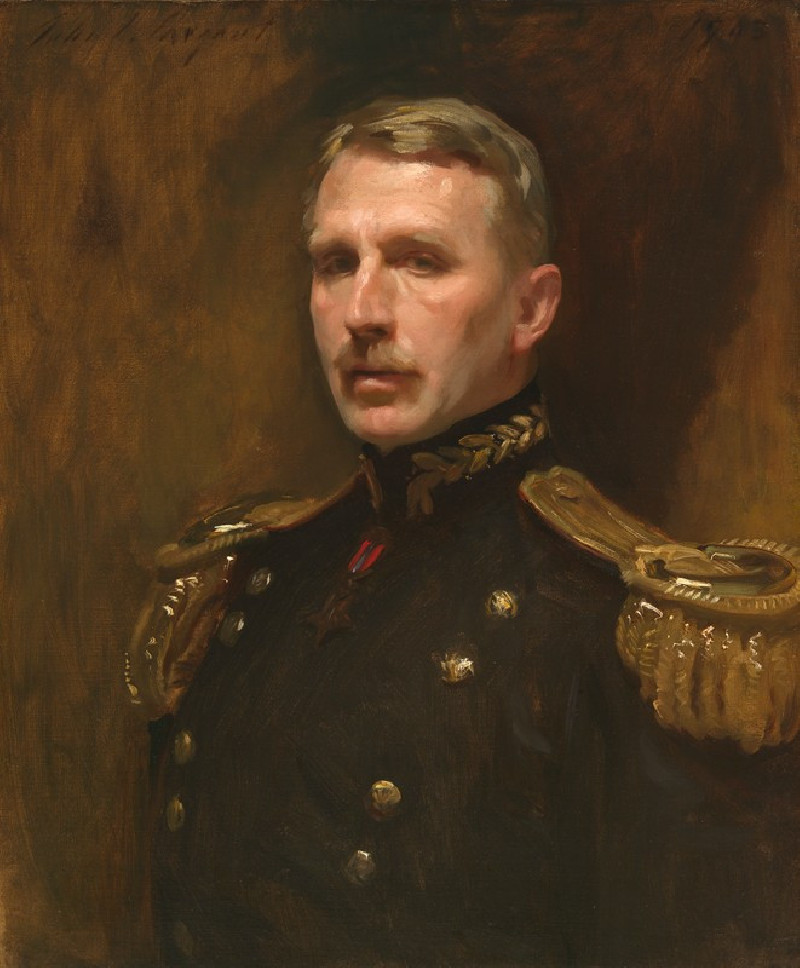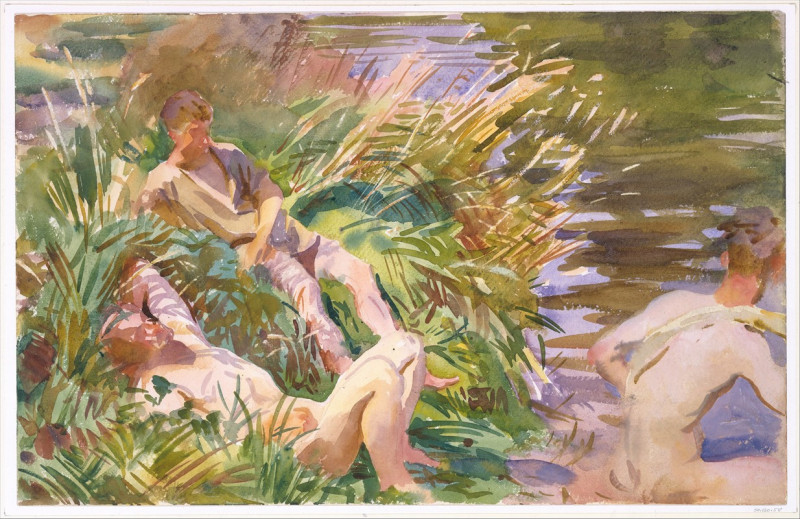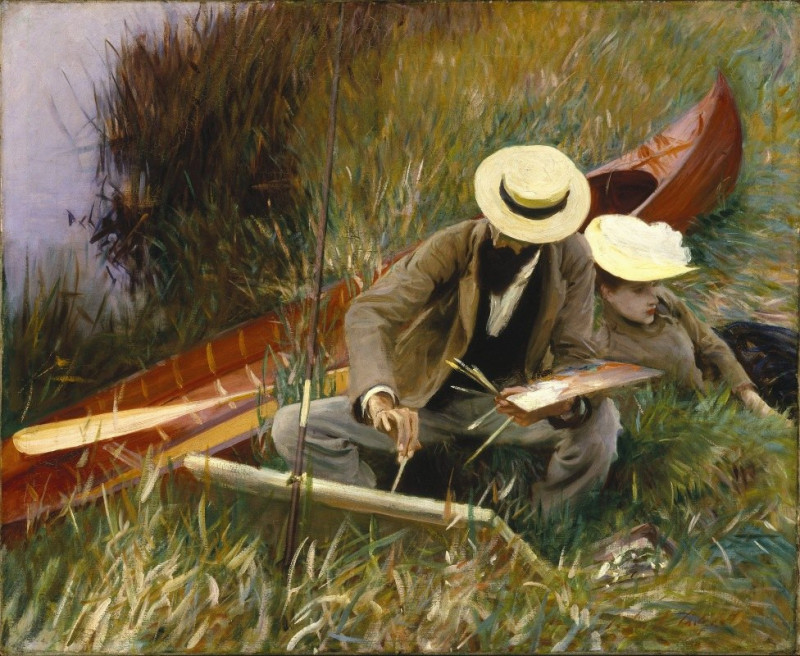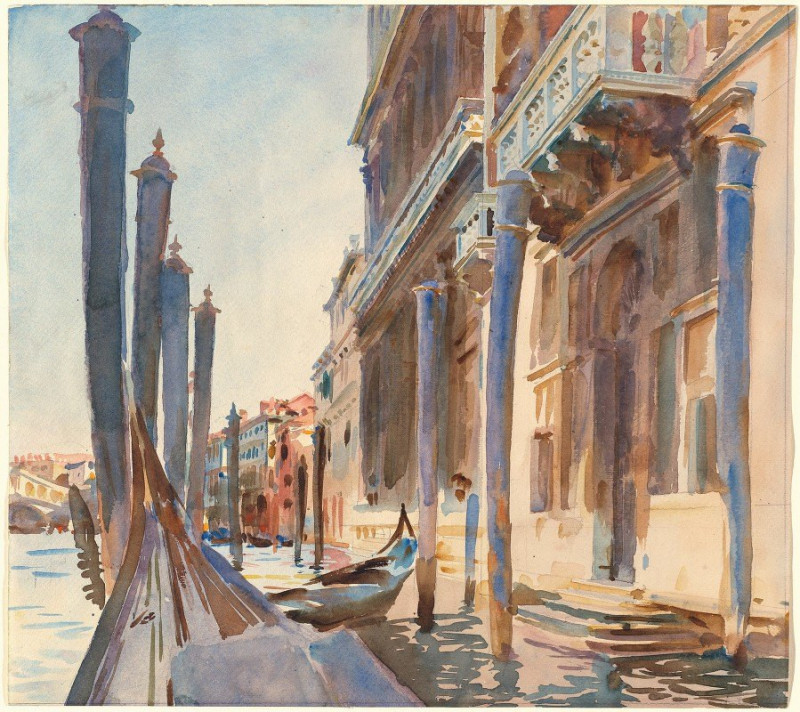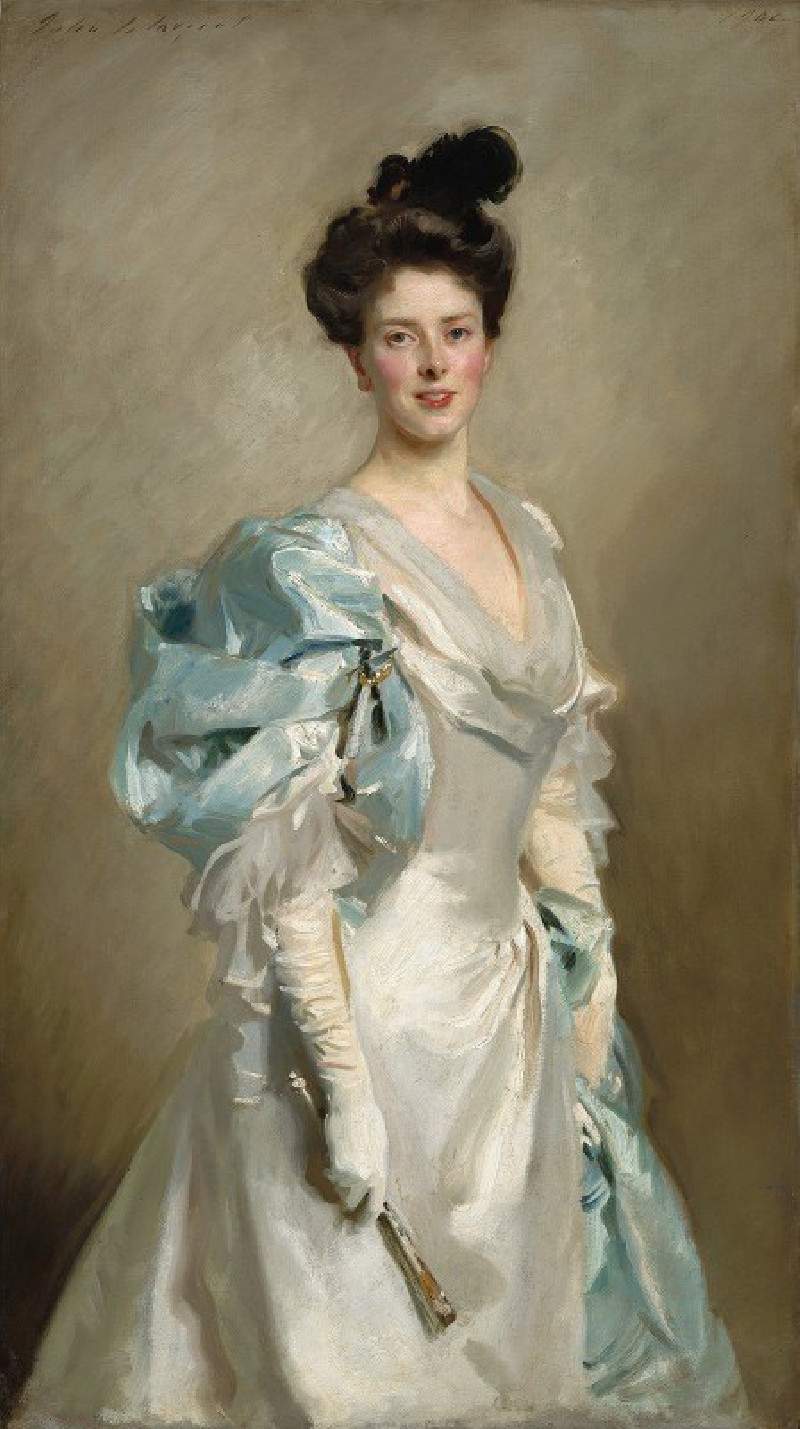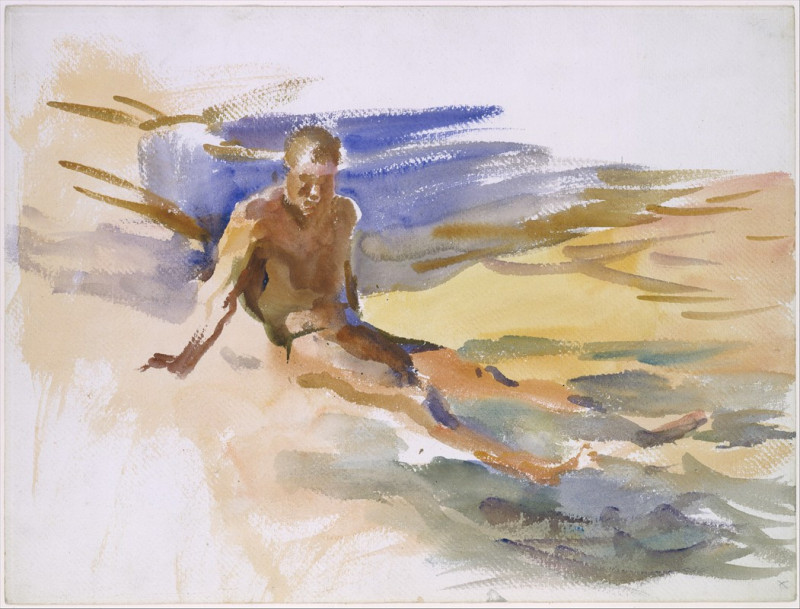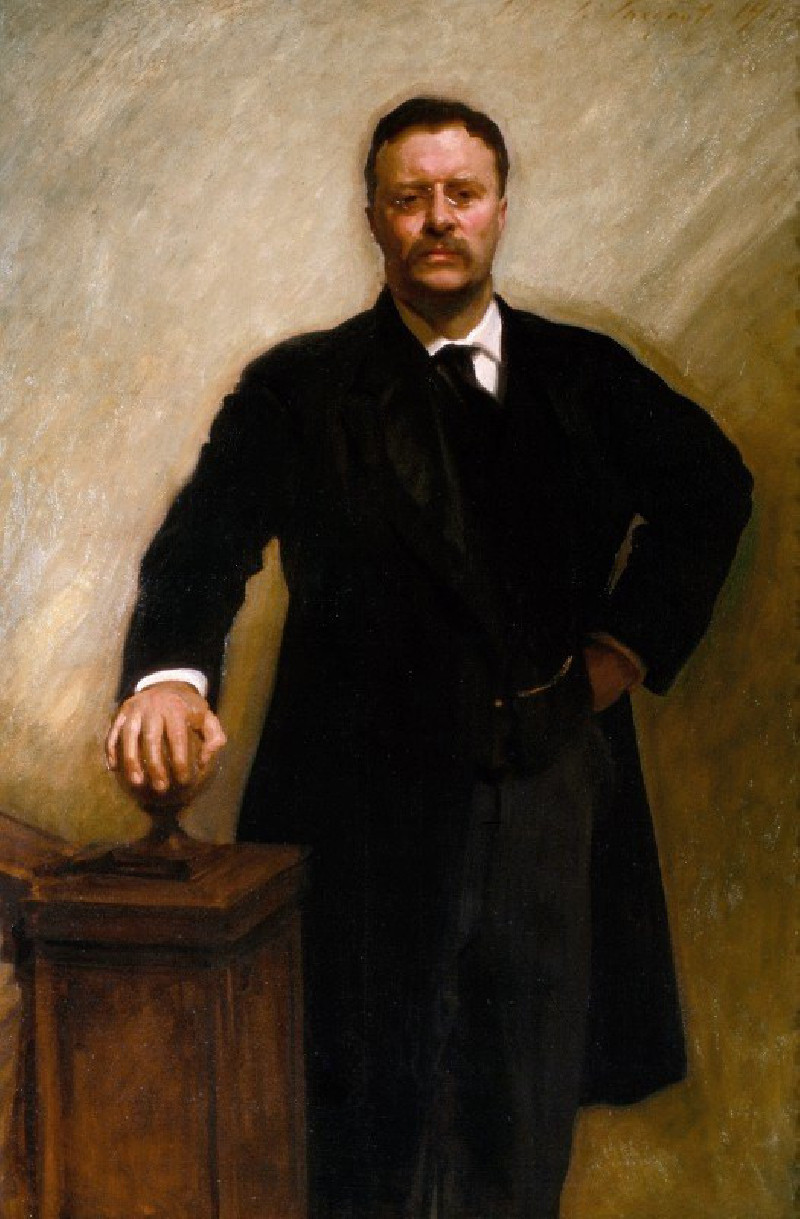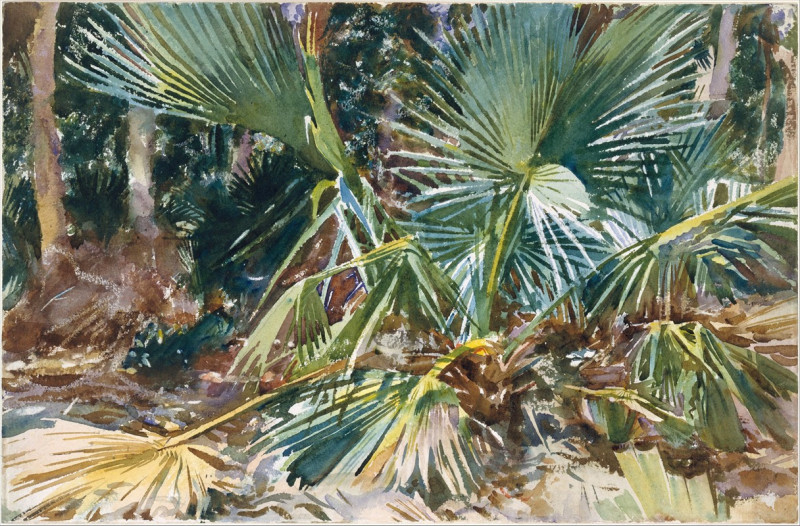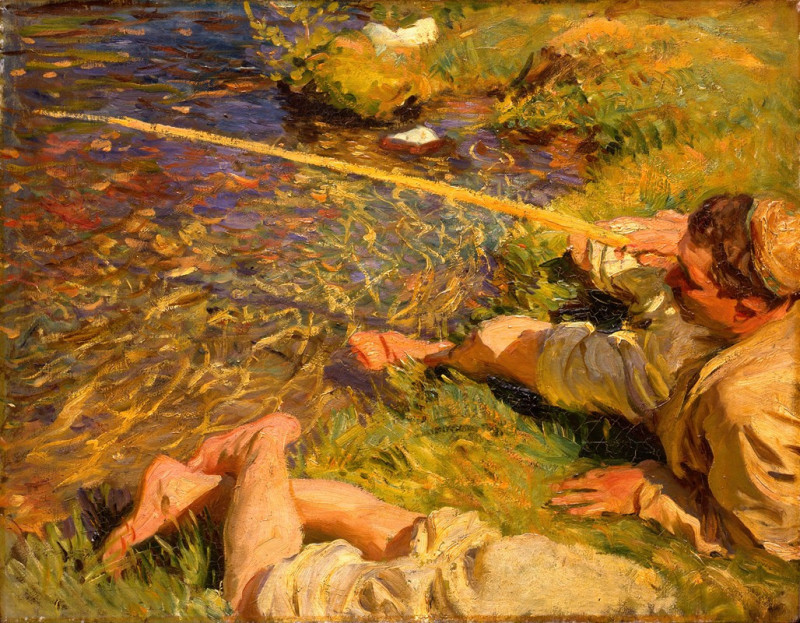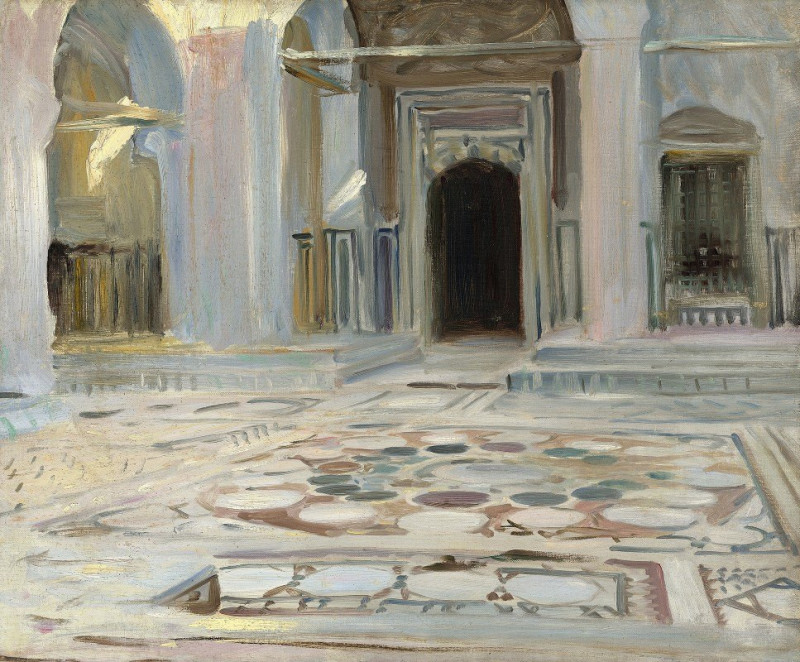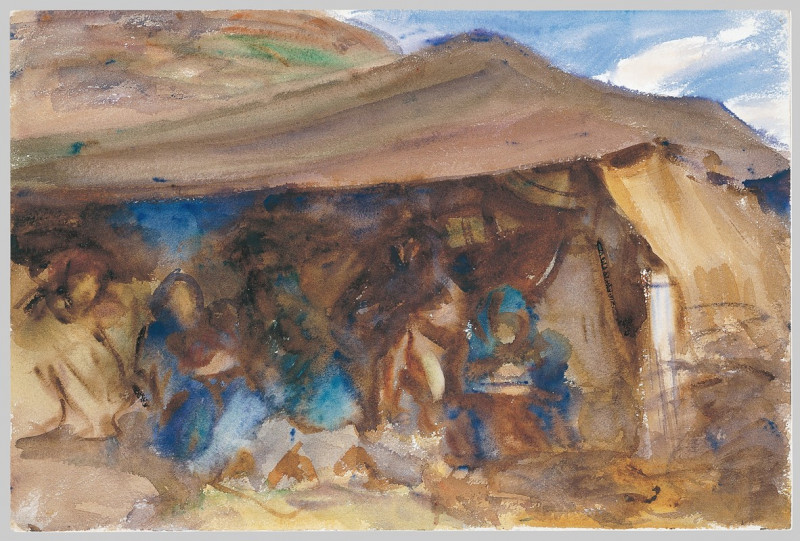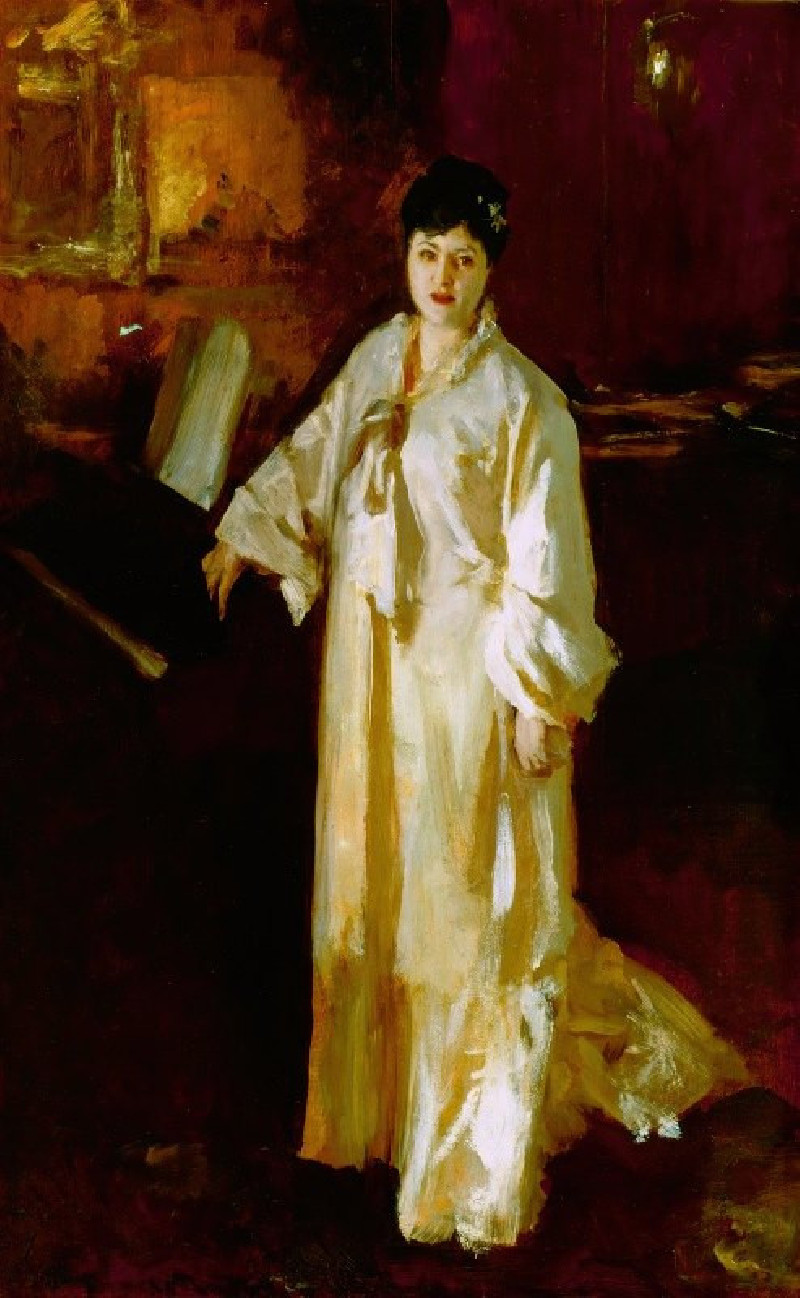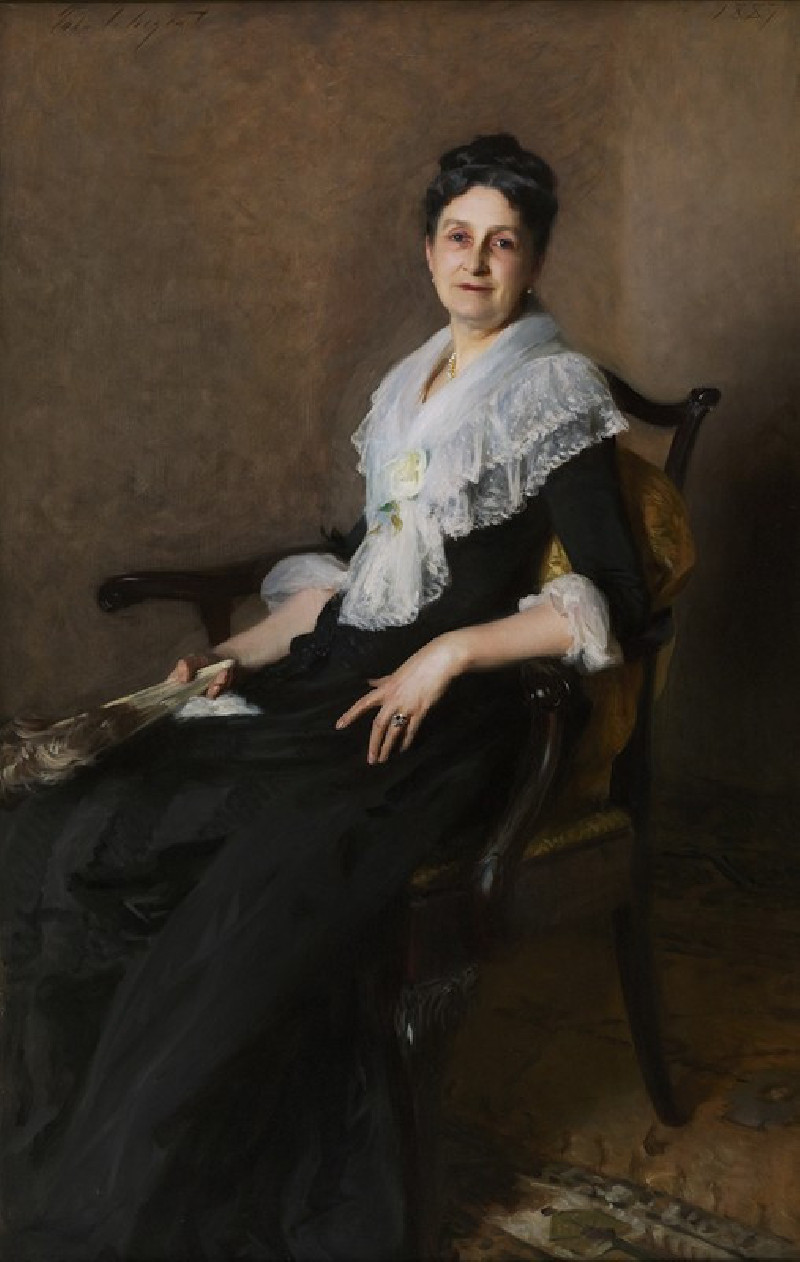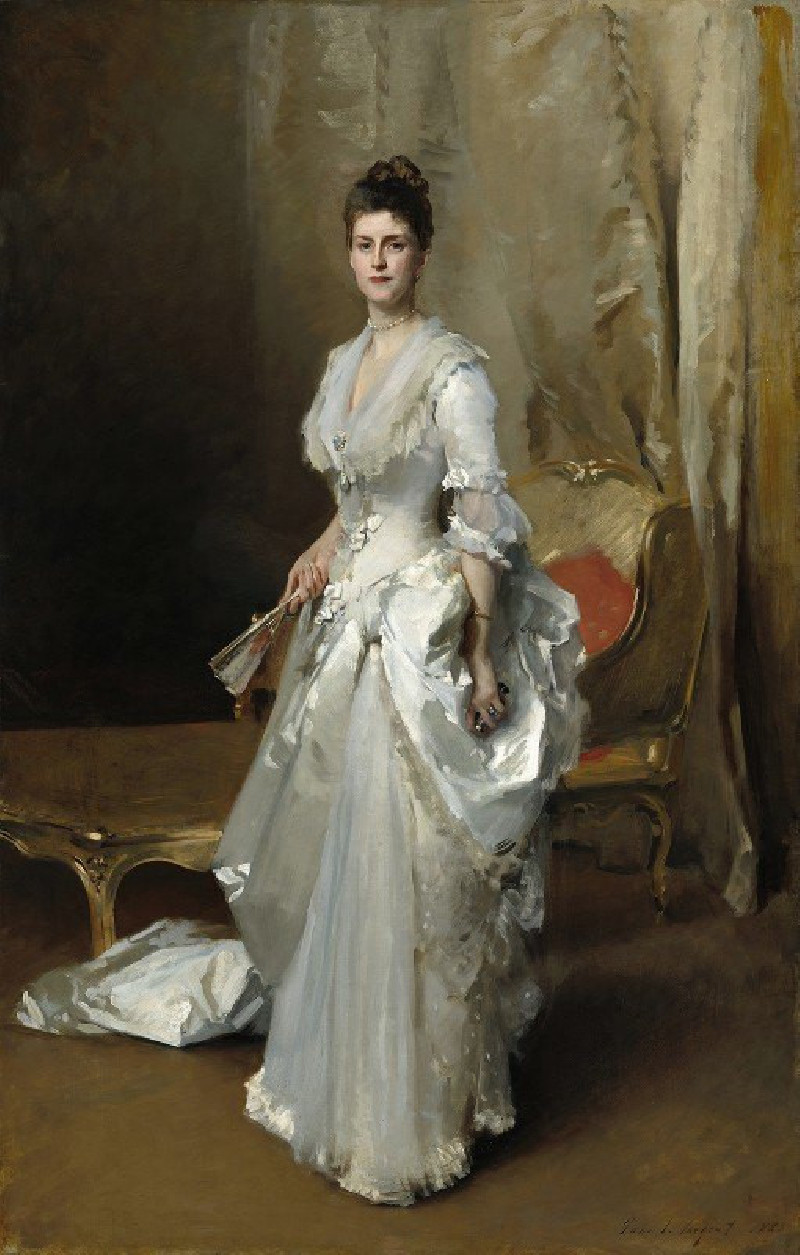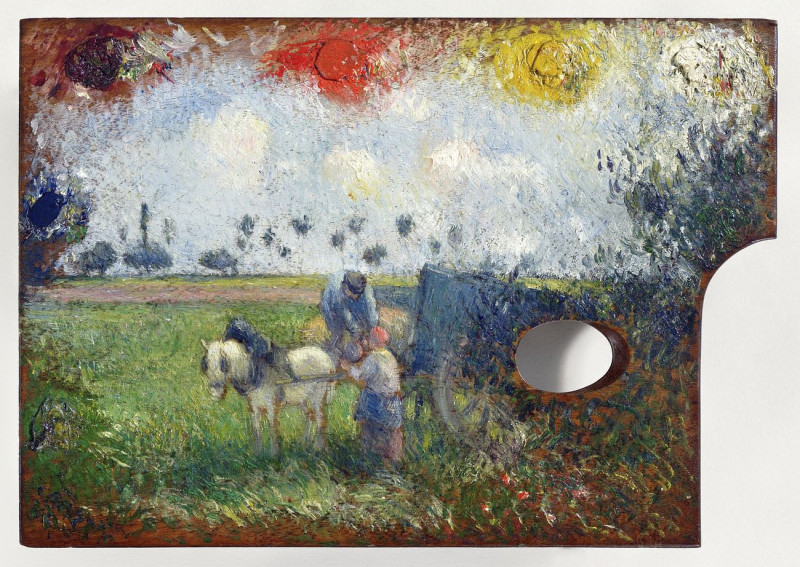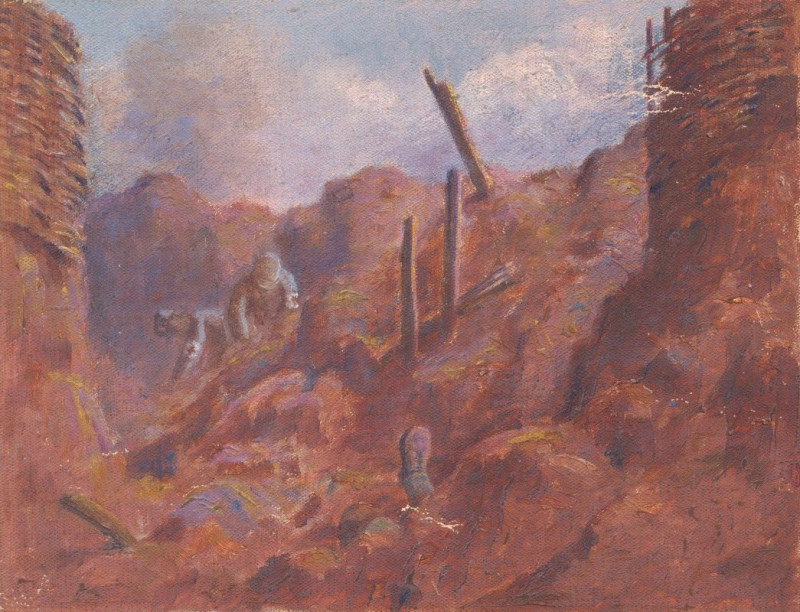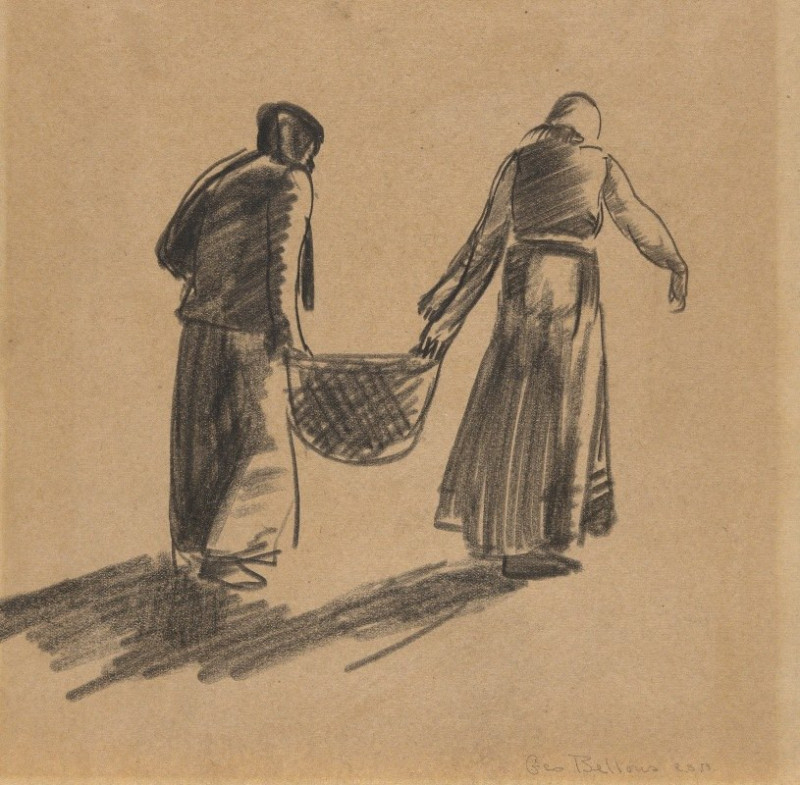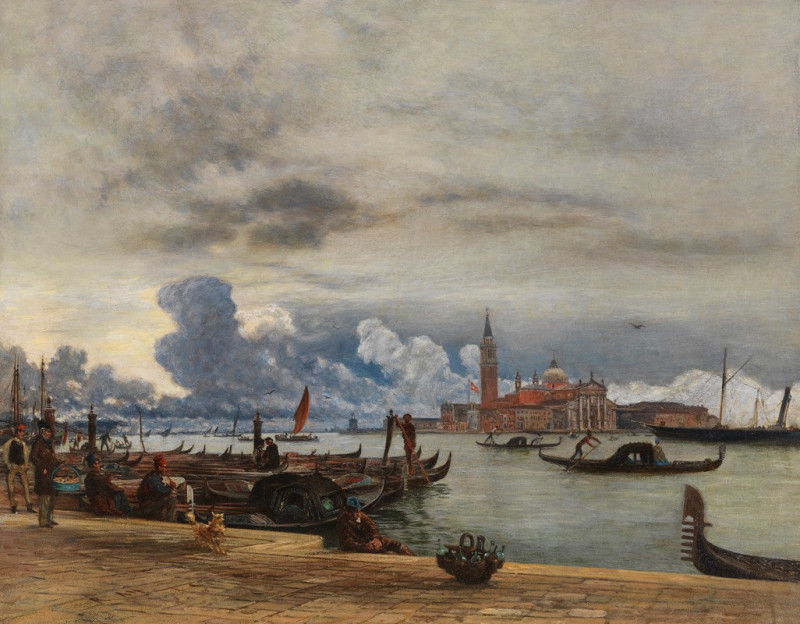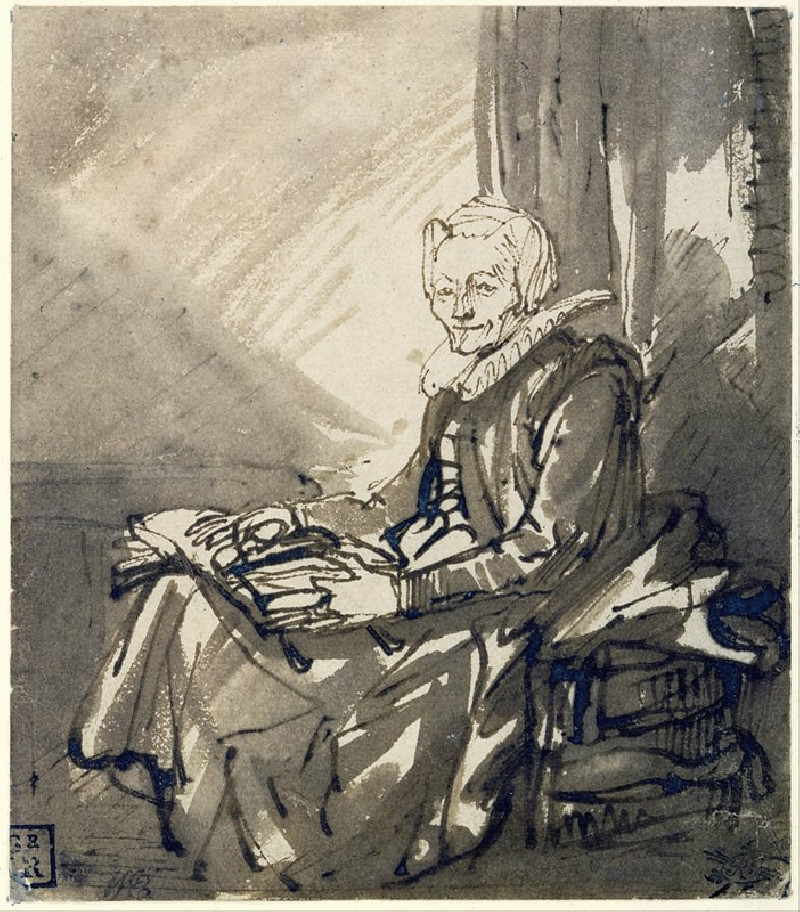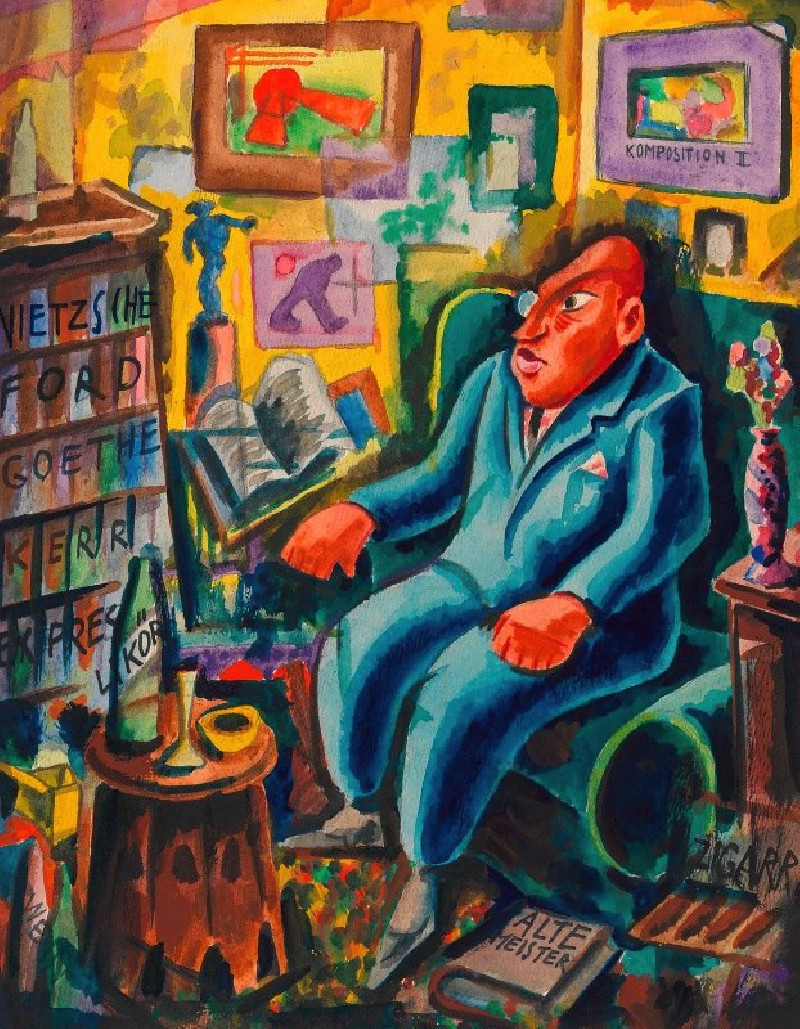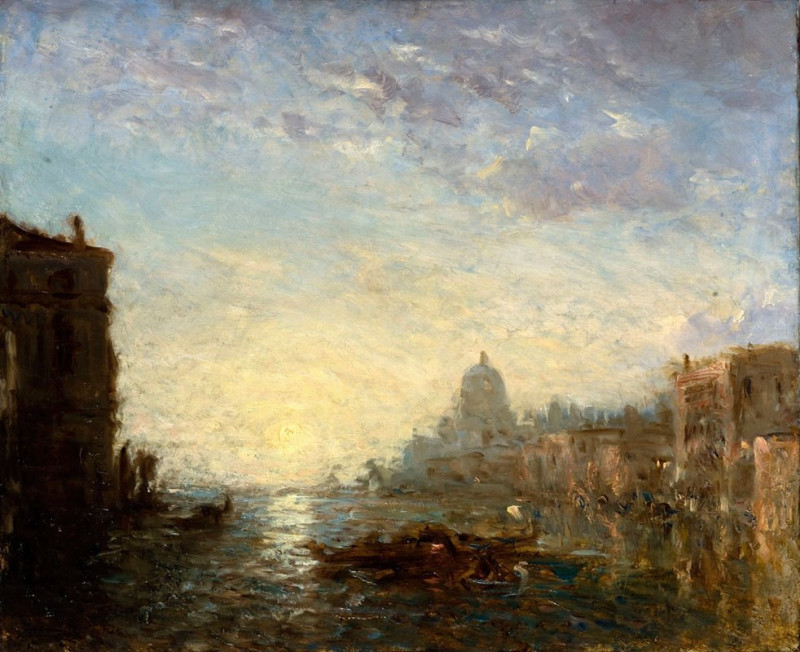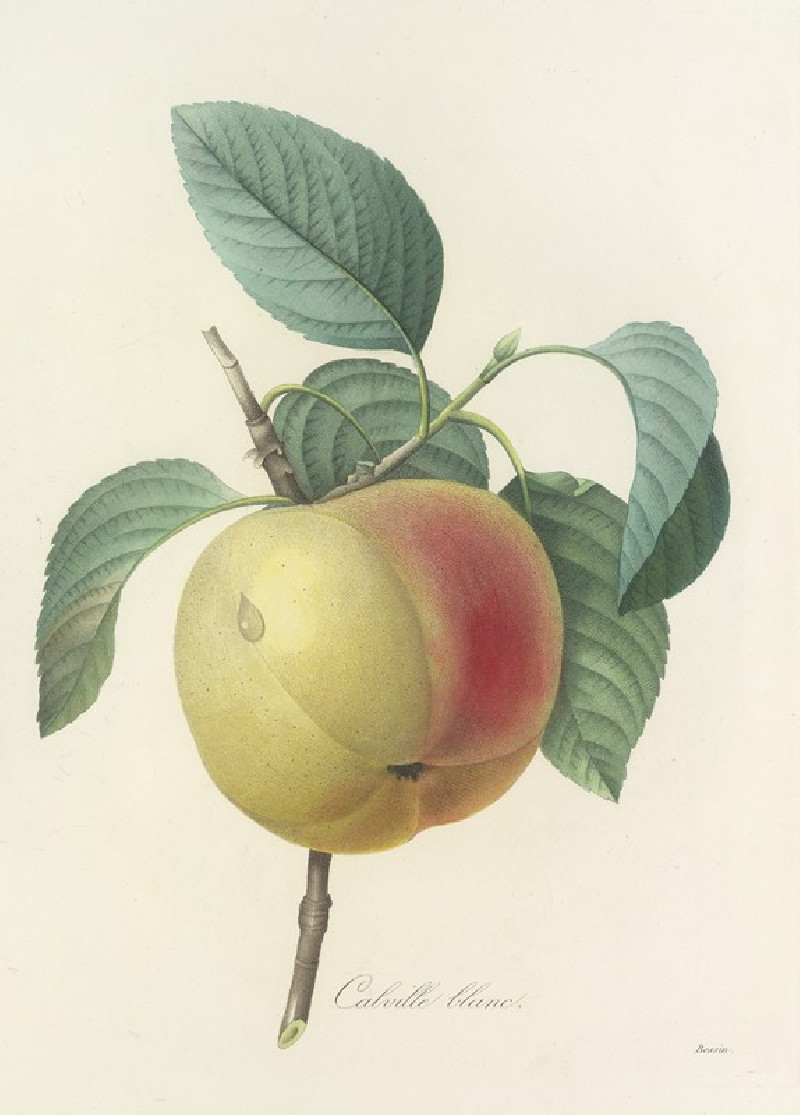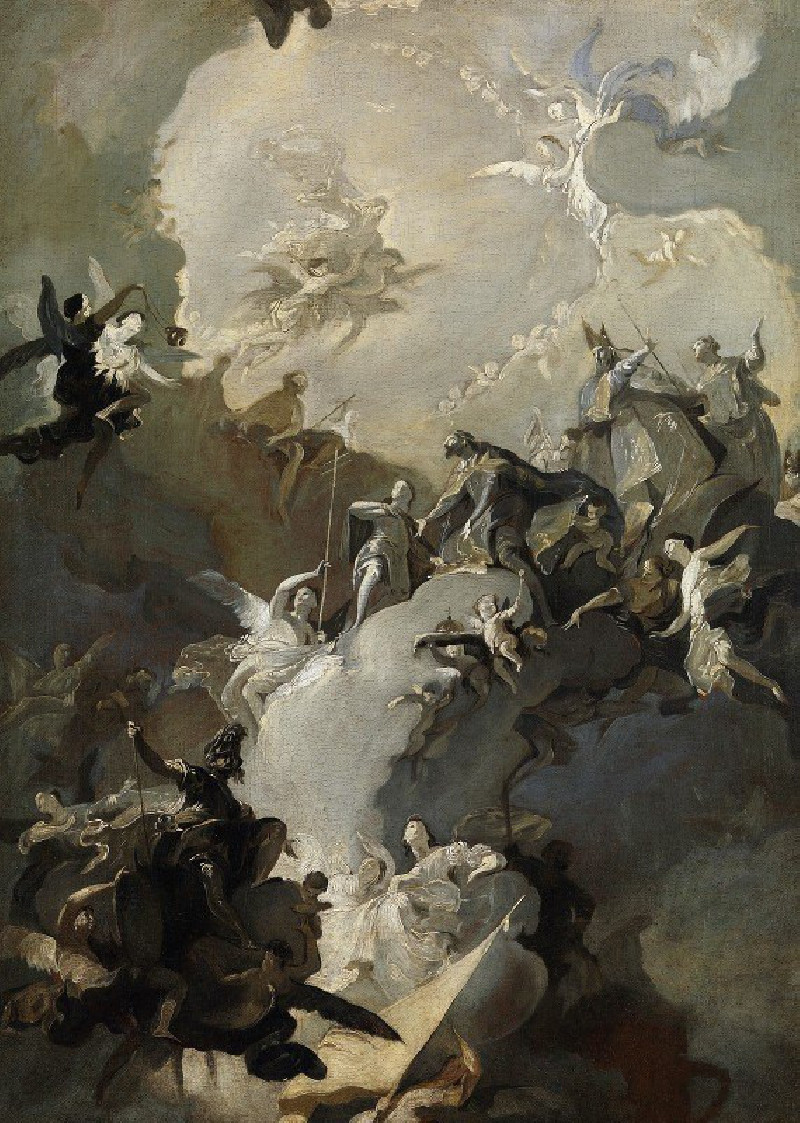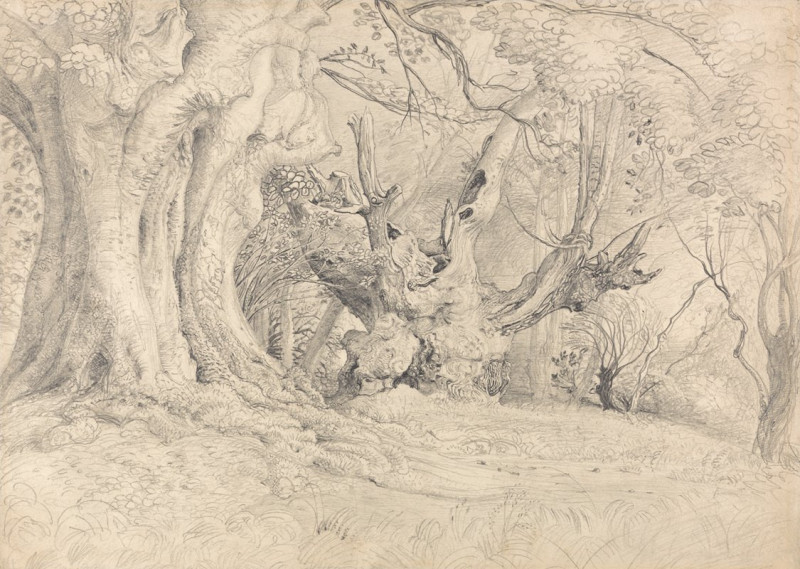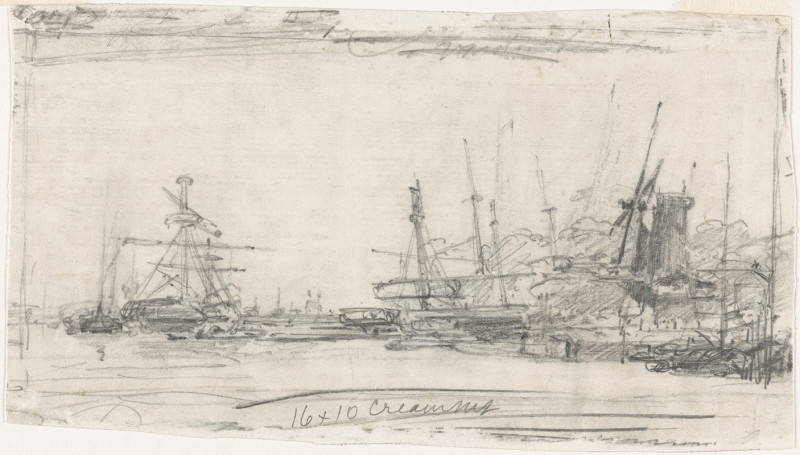Gun Carriages, France (1918)
Technique: Giclée quality print
Recommended by our customers
More about this artwork
"Gun Carriages, France (1918)" is a captivating pencil sketch by the renowned American artist John Singer Sargent, known for his masterful portraits and evocative scenes. This particular piece draws away from his typical subject matter to focus on the machinery of war, offering a unique insight into the artist’s breadth and versatility.The sketch presents a detailed study of several gun carriages, depicted in various stages of completion and perspective. The foremost part of the drawing shows a steam tractor, intricately rendered with attention to the mechanical components and the sturdy structure required for hauling heavy artillery. This tractor pulls a train of gun carriages, each carrying large artillery pieces that are likely destined for the front lines of World War I.Sargent’s use of light pencil strokes captures the raw, unfinished look of the equipment, emphasizing the industrial and functional nature of these machines. Despite the absence of human figures in the sketch, there is a palpable sense of urgency and purpose, reflecting the intense demands of wartime.Placed against a plain background, the focus remains solely on the mechanical details and the geometrical arrangement of the vehicles, conveying both strength and the heavy burden of war. This artwork not only highlights the technological aspects of the conflict but also subtly evokes the somber realities of the era.This sketch is an exemplary piece demonstrating Sargent's versatility and his ability to capture the essence of his subjects, whether they be genteel society figures or the grim realities of war machinery. "Gun Carriages, France (1918)" offers a poignant reminder of the role of technology in war, rendered through the delicate yet powerful touch of one of America's finest artists.
Delivery
Returns
Born in Florence to American expatriate parents, John Singer Sargent (1856–1925) is considered Europe's leading portrait painter of the Edwardian era. He was educated at both Accademia delle Belle Arti and Paris's École des Beaux Arts. While in Paris, under the guidance of Émile–Auguste Carolus–Duran, a portraitist and muralist, Sargent learned to paint directly from observation without first sketching, employing a fluidity, influenced by the Impressionists. Sargent created more than 2,900 paintings, mainly portraits and landscapes from his travels across the Atlantic, Europe, the Middle East and America.


